Marissa Ames and her husband Russell breed an almost extinct variety of goats, called San Clemente Island (SCI) goats, preserving a breed that did not exist in Nevada before the Ames Family Farm became the first to start breeding them here. These small goats are lean and have light or dark brown coats with black markings. The males and females both have horns, and they move with the gracefulness of a deer.
Their registered herd name is Highway 50 San Clemente. They have nine SCI goats at present, 6 pregnant females which are due to kid in April, and 3 bucks. One buck was transported in from Unity College in Maine to keep the genetics fresh. Another buck named Austin was the first SCI goat to be born in Nevada. The breed grows to about 150 pounds and compared to one of her ten dairy goats which can get up to 450 pounds, SCI goats are very small.
Ames started raising goats in 2017 in Fallon. Her interest in goats began when she was brought on as Editor for the Goat Journal magazine, owned by another magazine that she had been writing for beforehand. “I did not have goats then but thought that I should have some if I'm going to write about them. We moved to Fallon so that I could have goats. I have publishing rights on my property too and can tell people exactly what they need to know about raising goats.”
The child of a Navy family, she moved around quite a bit but considers Salmon, Idaho her hometown. She described it as a small town of about 2,500 residents, mostly cattle farmers and similar to Fallon in that small town feel. Her husband Russell grew up in Idaho as well, in Pocatello. The couple makes cheese from their dairy goat milk and grows a variety of produce on the farm used in their cheeses. “Our Cotswold cheese, made with the farm's onions and garlic, is one of the tastiest cheeses I made last year. We also made Brie Nuit with black pepper. After I separate the cream to make butter and cheese, I offer the milk back to the goats. My dairy goats don't like it, but the SCI goats love it.”
“No one milks San Clemente Island goats to make cheese yet. I know of a Wisconsin woman that is making soap from the milk which she sells to increase awareness and bring recognition to the breed. I may be able to make cheese from their milk but would not be able to sell it here due to Nevada's farm laws. But after tasting how sweet and creamy that milk is, I knew I had to be the first person ever to make cheese from SCI goat milk.”
Ames went on to say, “I don't sell the SCI goats for meat because the farm would have to be set up to sell specialty meats and meet all USDA standards. However, there are some farms in California, Wisconsin, and Virginia that use the excess males or the females that don't meet the breed standards for meat.”
According to the American Goat Federation website, the SCI goats developed naturally when domestic goats were allowed to run feral on San Clemente Island, 68 miles west of San Diego, California. Some think the small goats originated in Spain and were brought to the island from neighboring Santa Catalina Island in 1875. A profile of the breed in the Goat Journal described their origins as coming from Spanish settlers the early 1800s. It also said additional genetic studies found that San Clemente goats are different from breeds from other parts of the U.S. or Latin America, and their uniqueness is likely due to their long isolation from the mainland, what Ames described as “the island effect”.
Ames has a Facebook group that teaches cheeses and meats, and she teaches cheese-making for the High Desert Grange and the Fallon Food Hub. She has quickly become a goat expert and is always glad to help anyone out with questions or in need of information.
A wealth of information can also be found on the Goat Journal website where Ames is the Editor, https://backyardgoats.iamcountryside.com/magazine/ “Even small-town farm girls like me need communities and information focusing on what we raise. And the goat world is vast.”


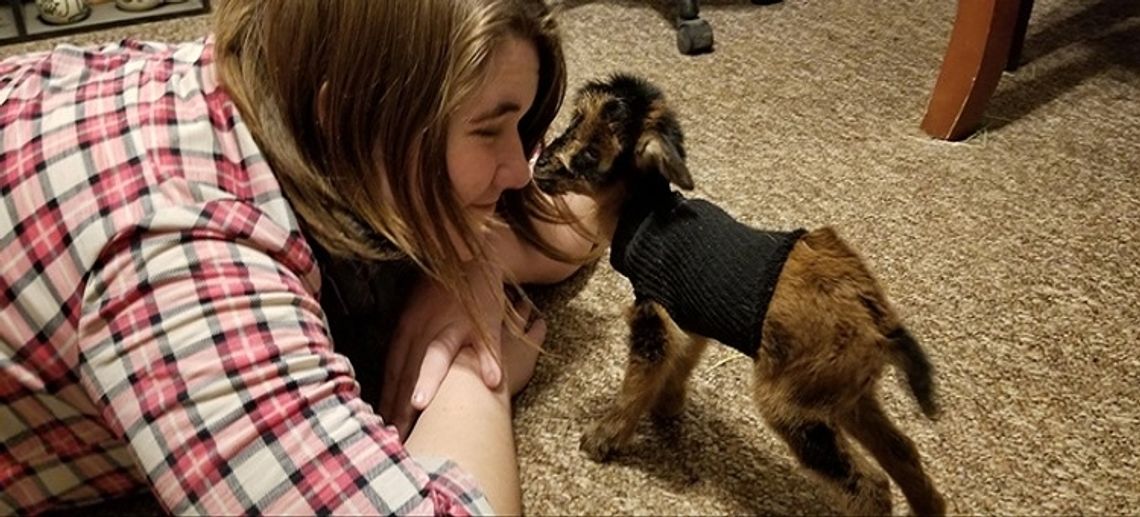
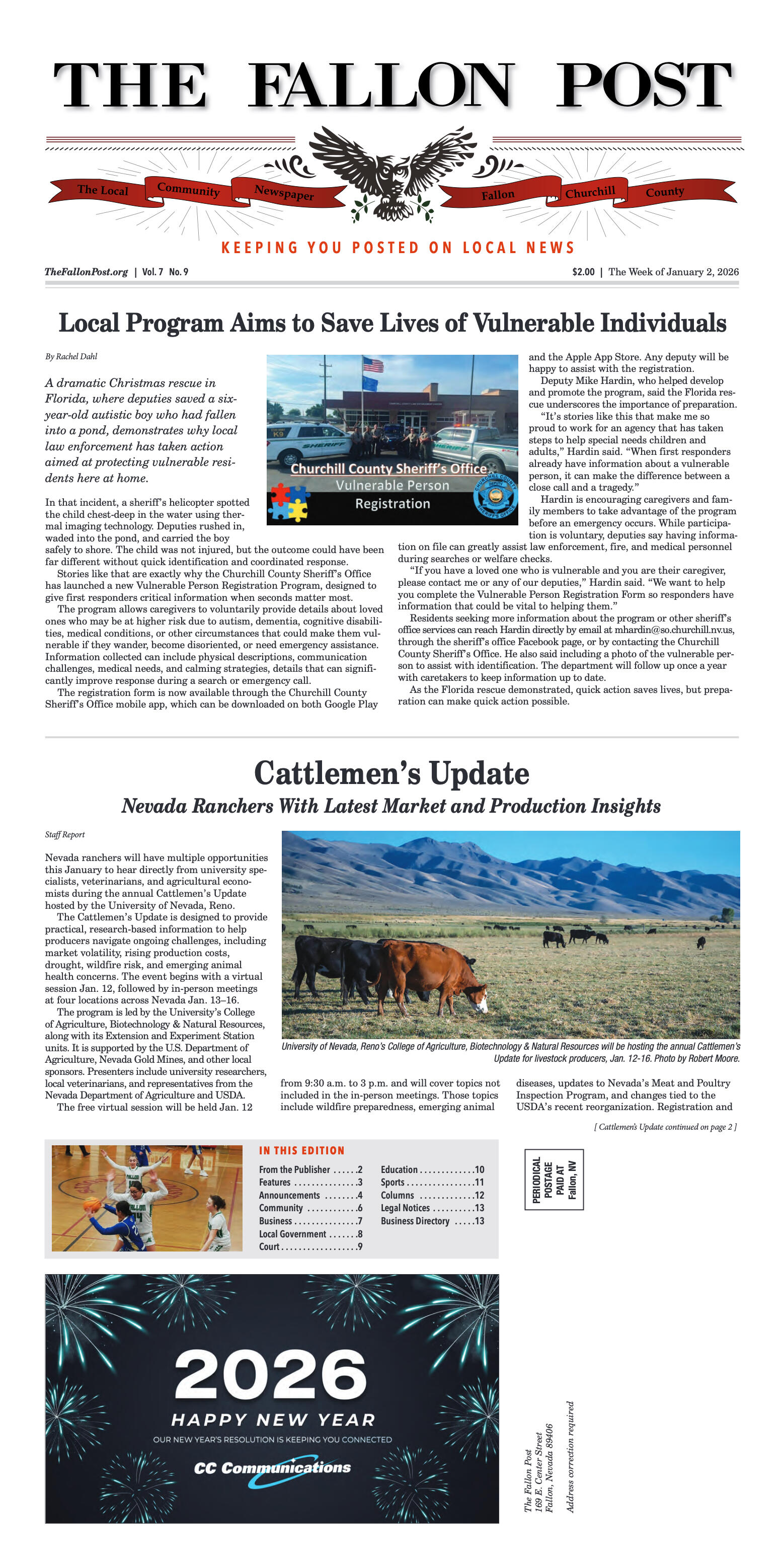
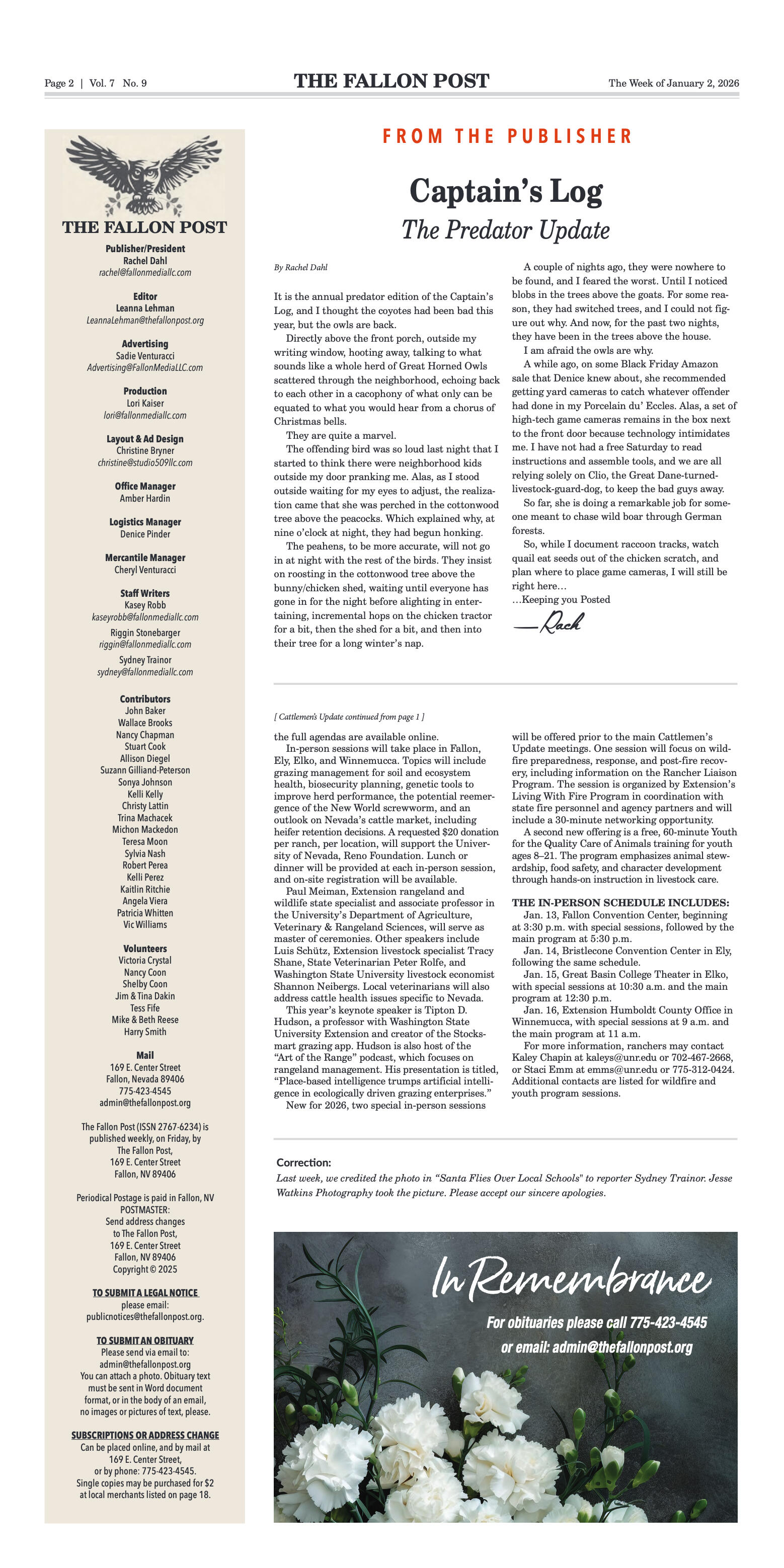
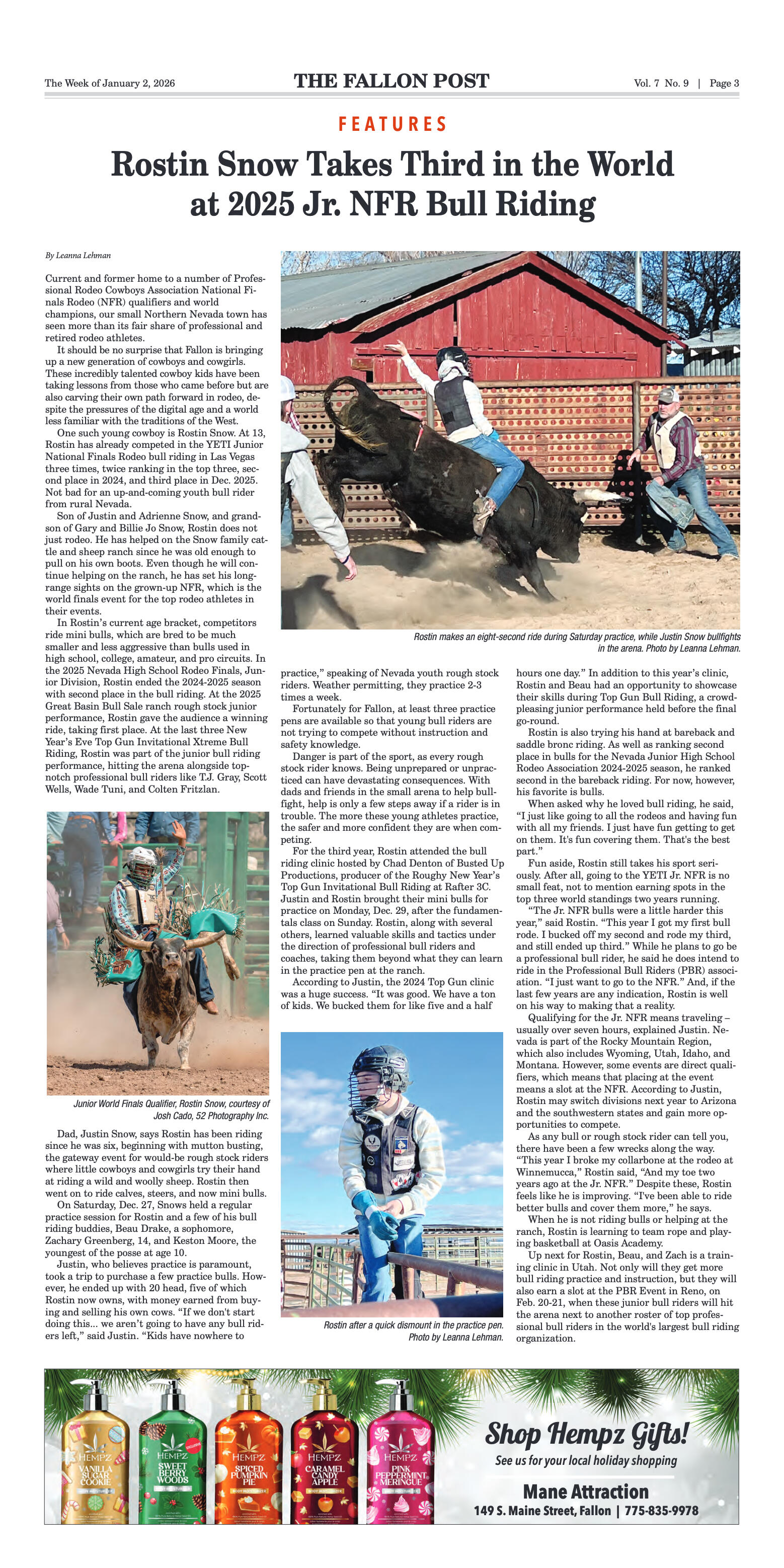

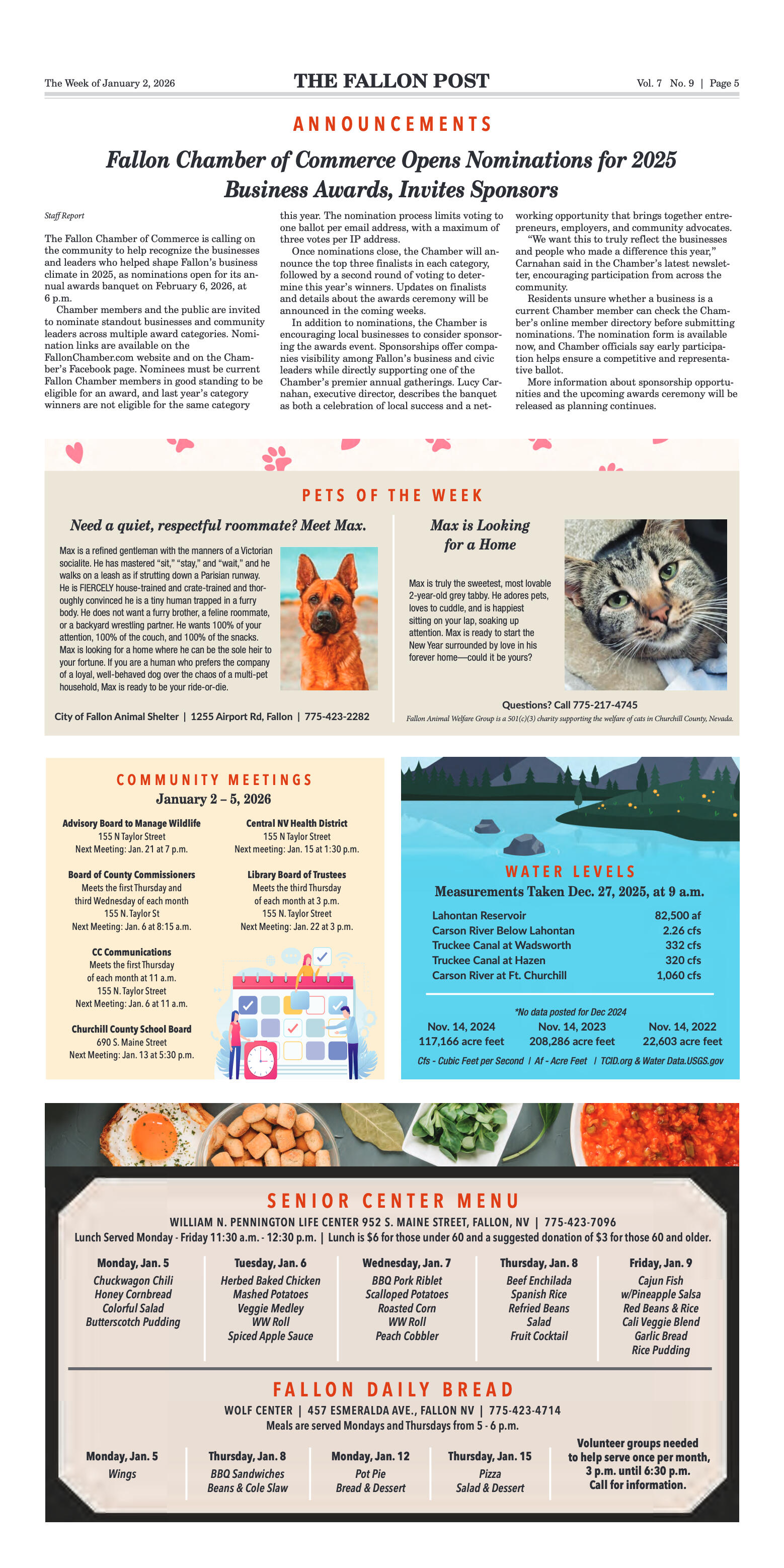
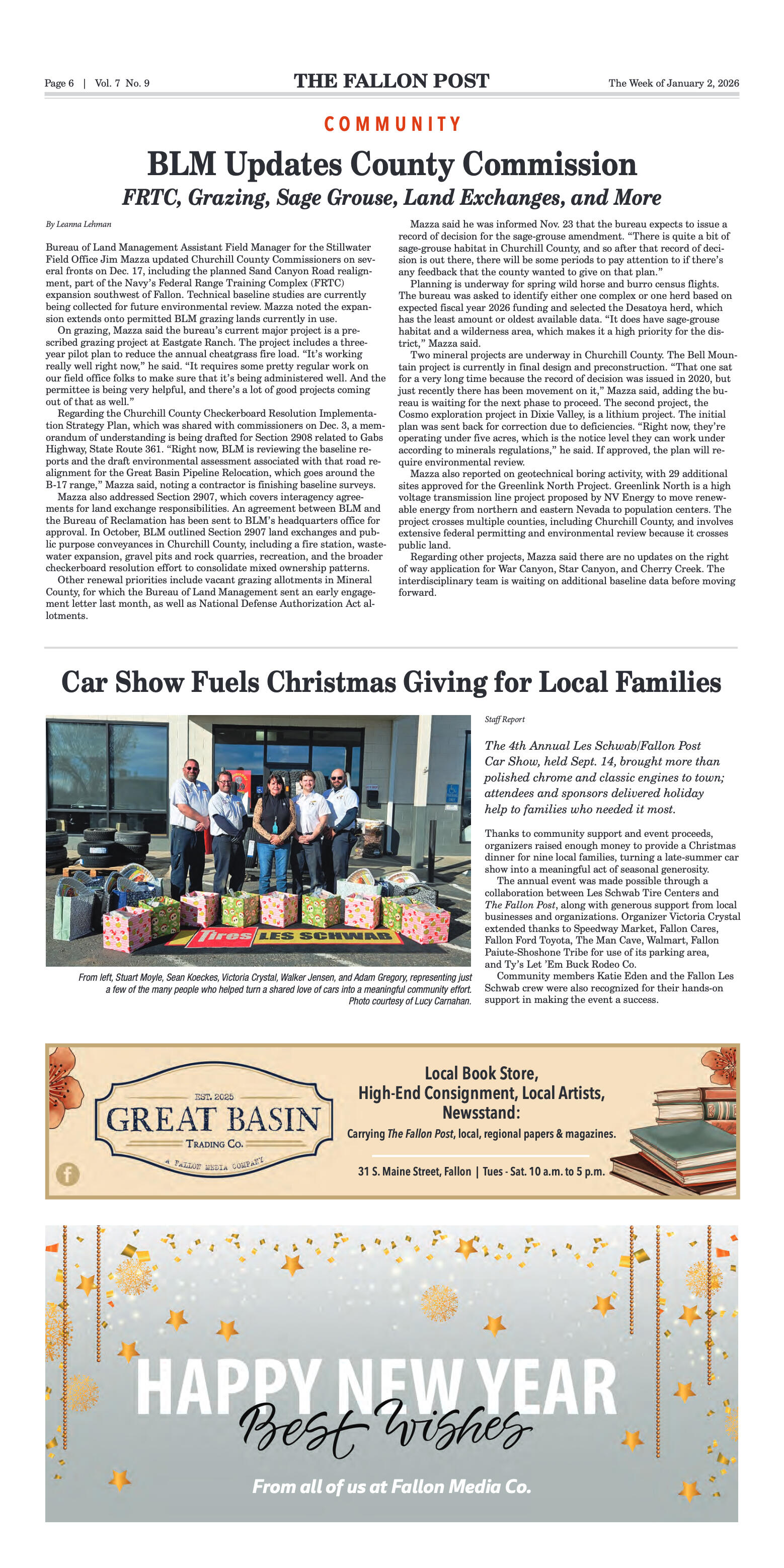
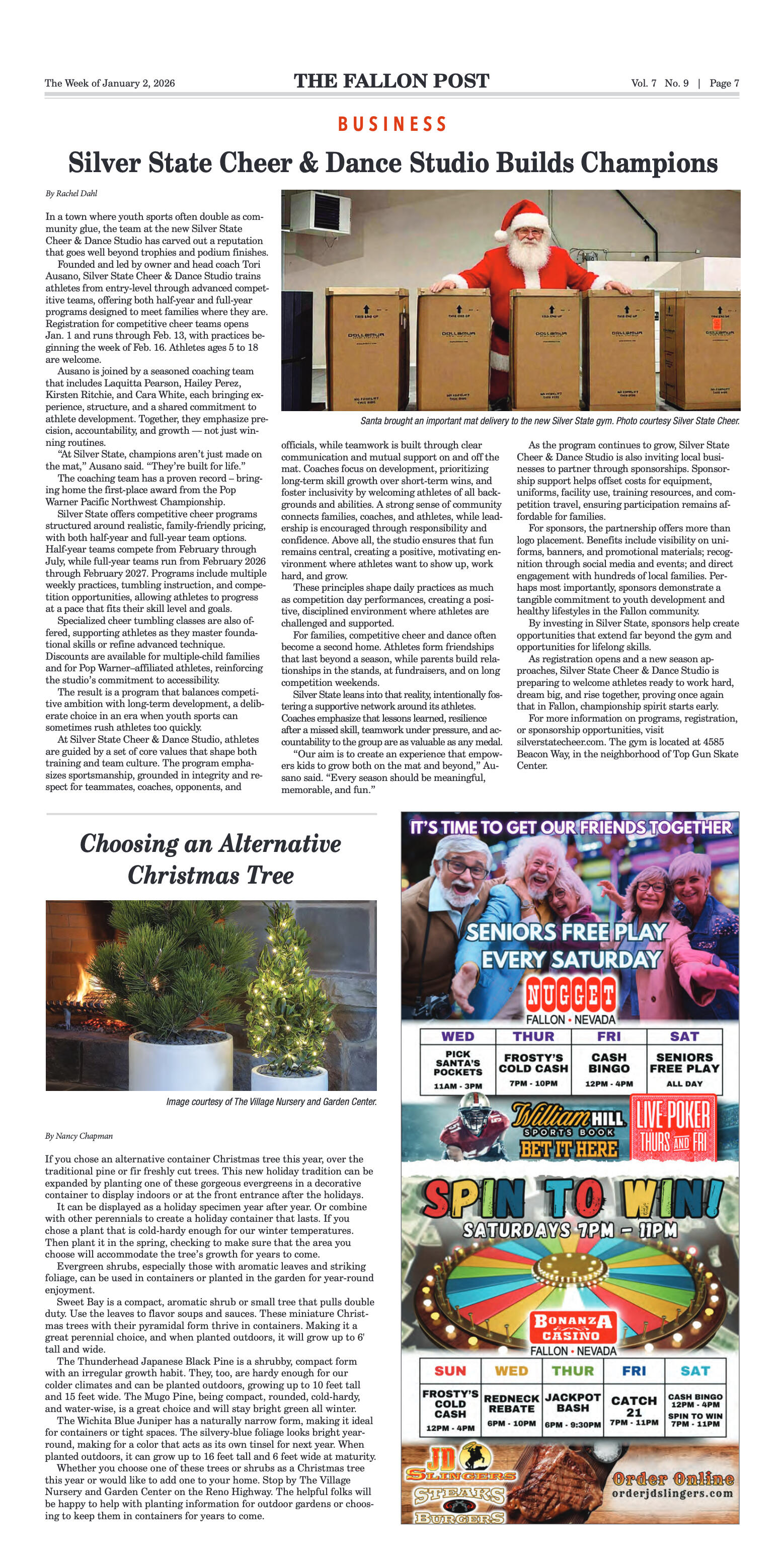

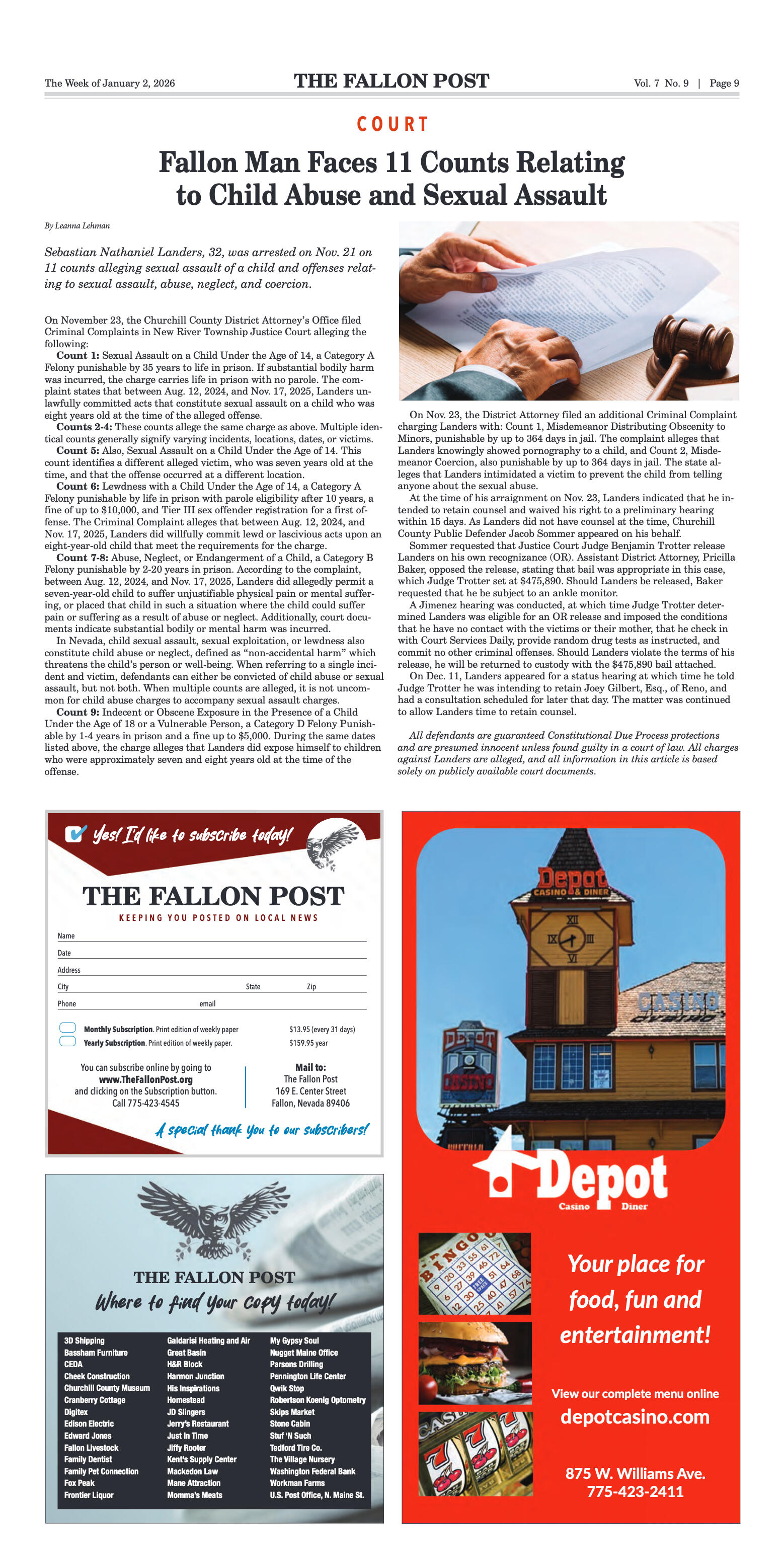


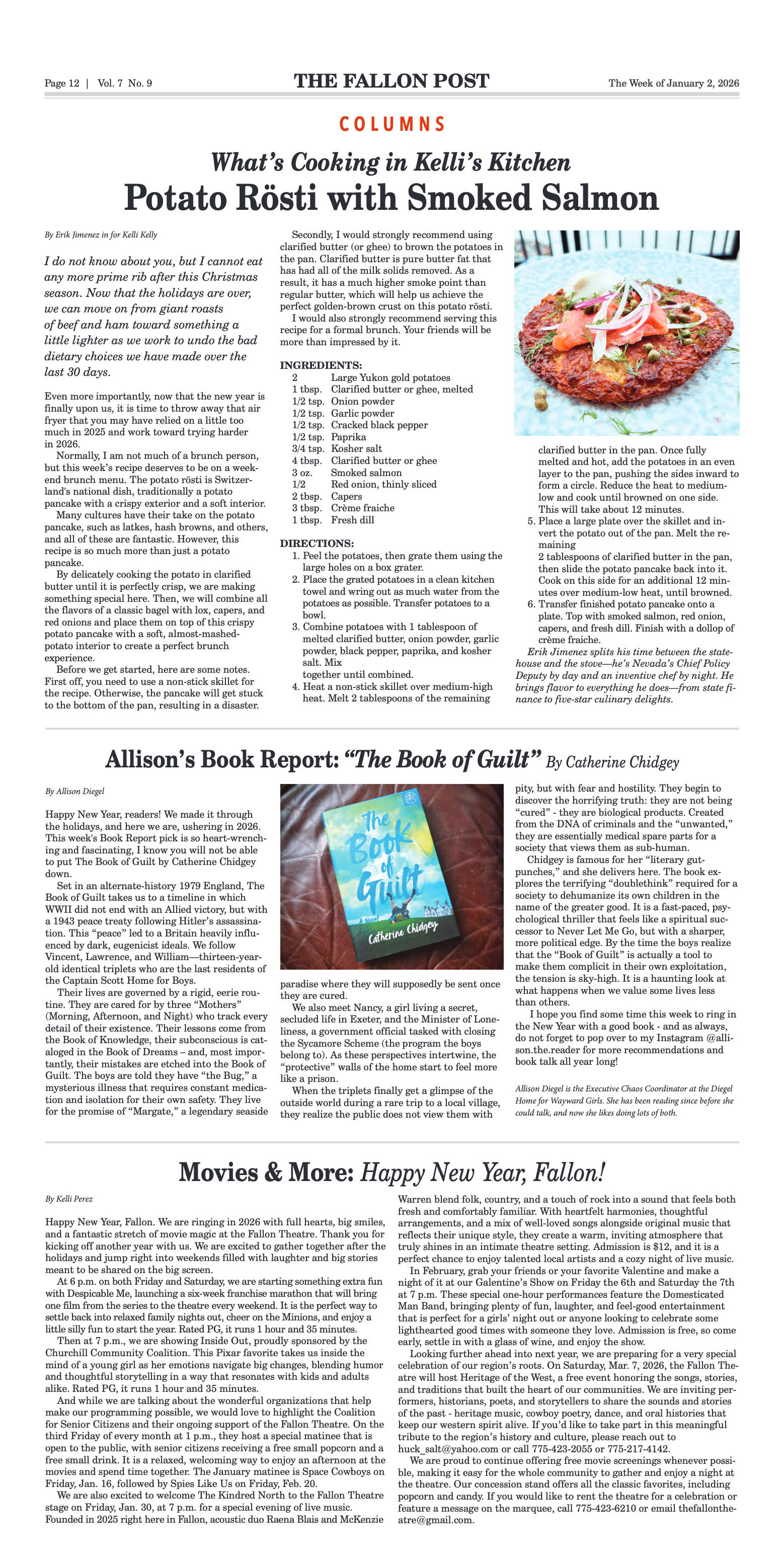
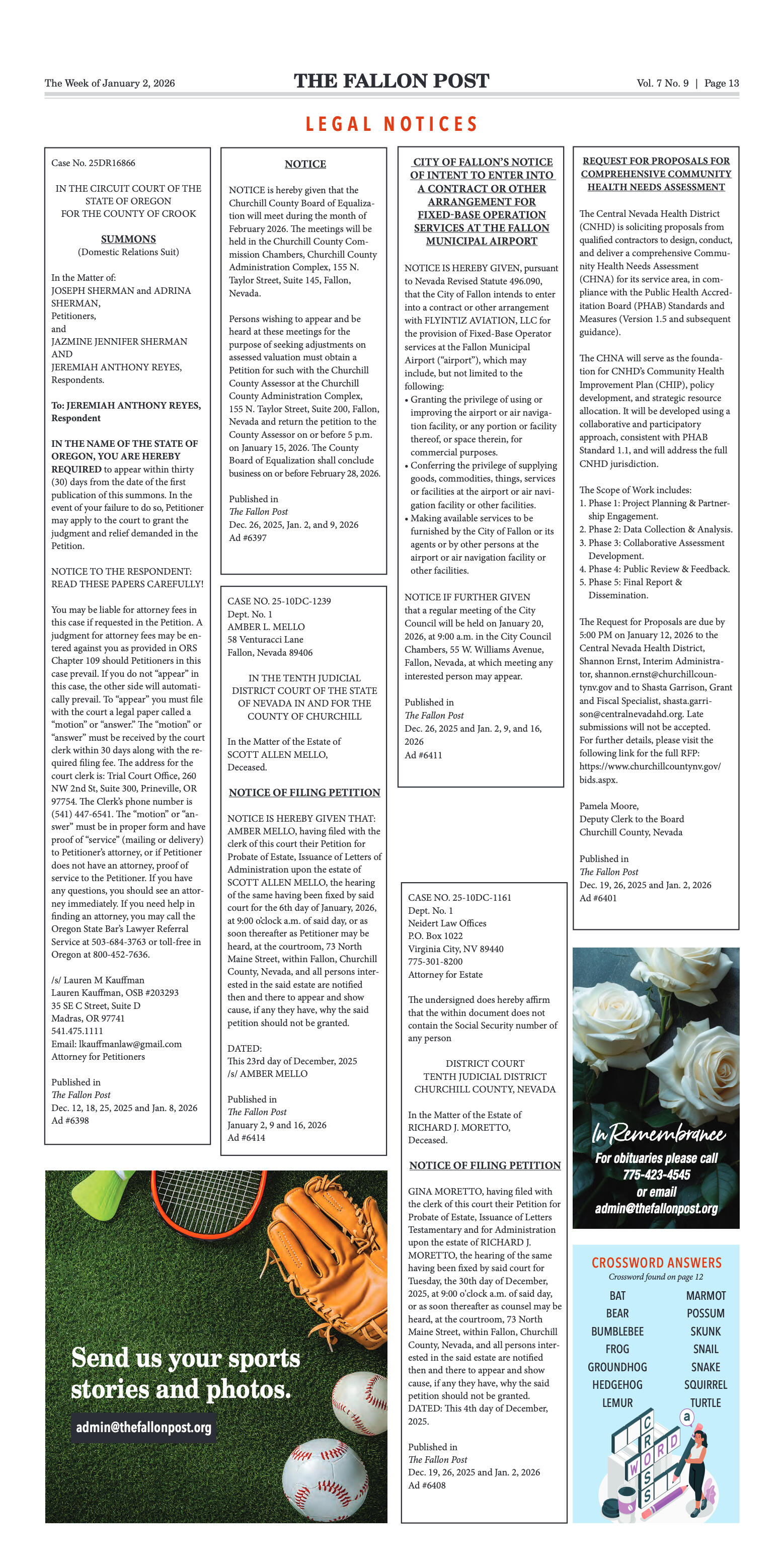


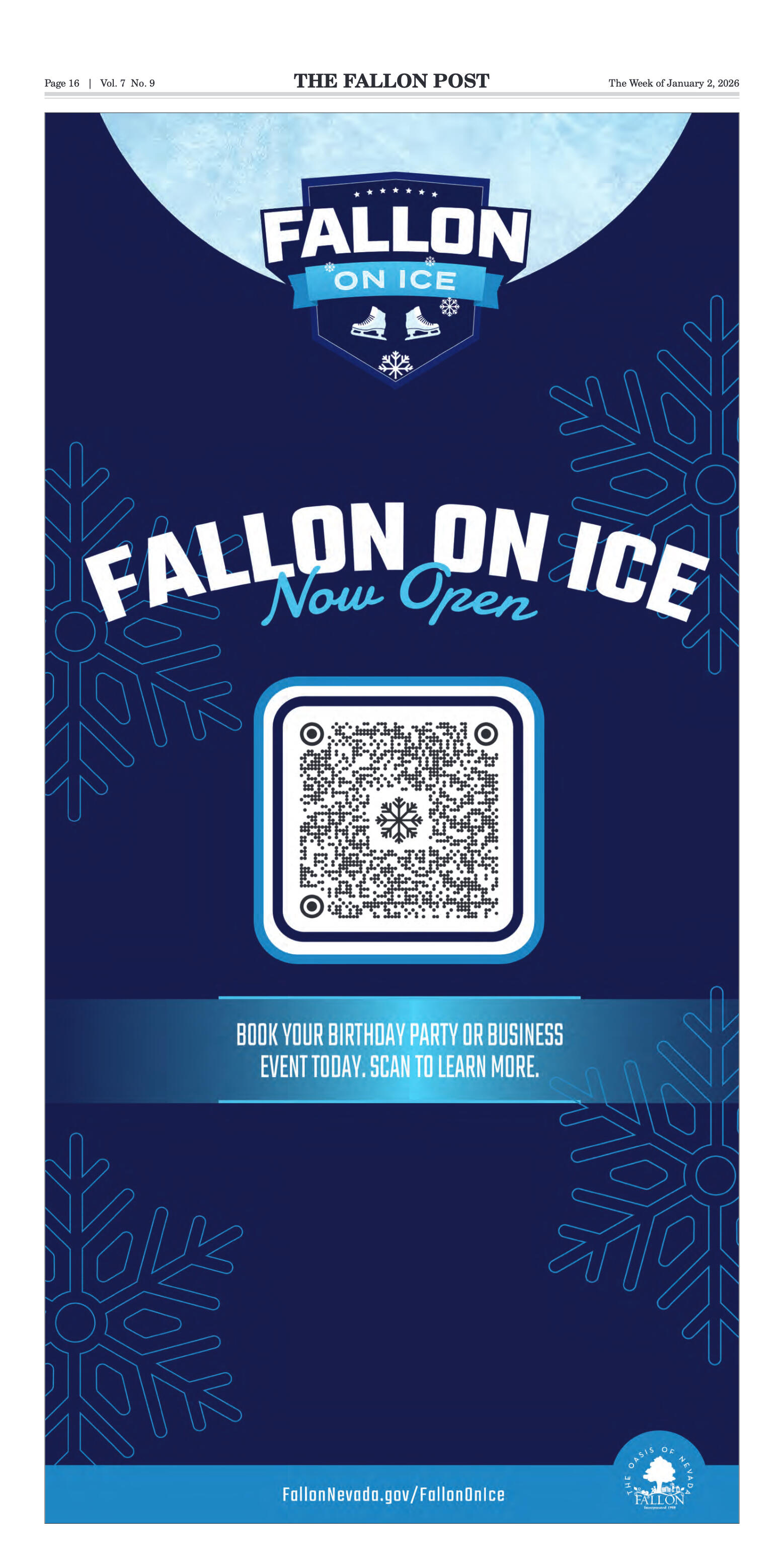

















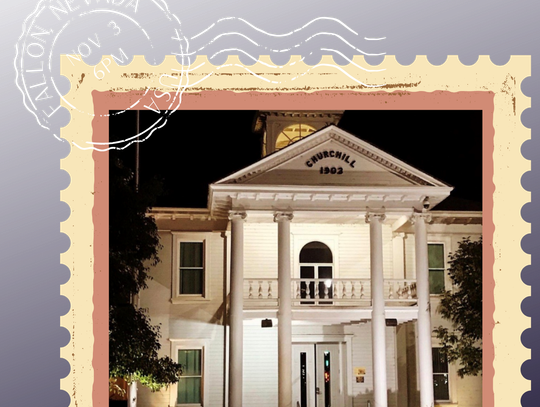
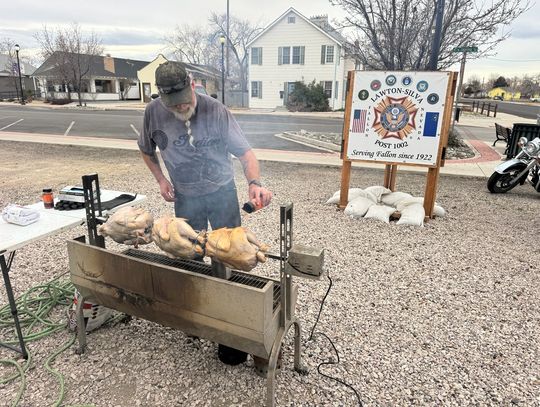
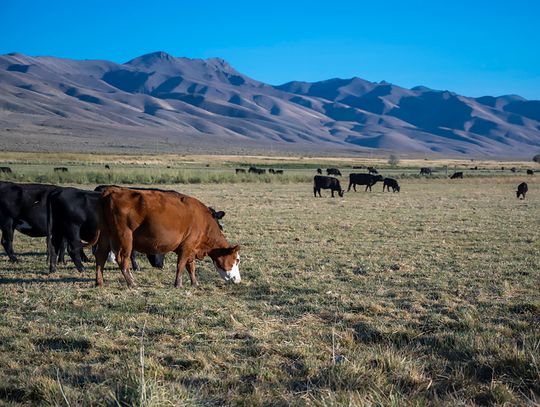
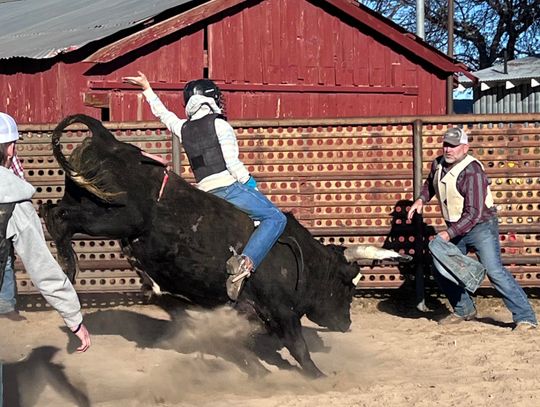


Comment
Comments